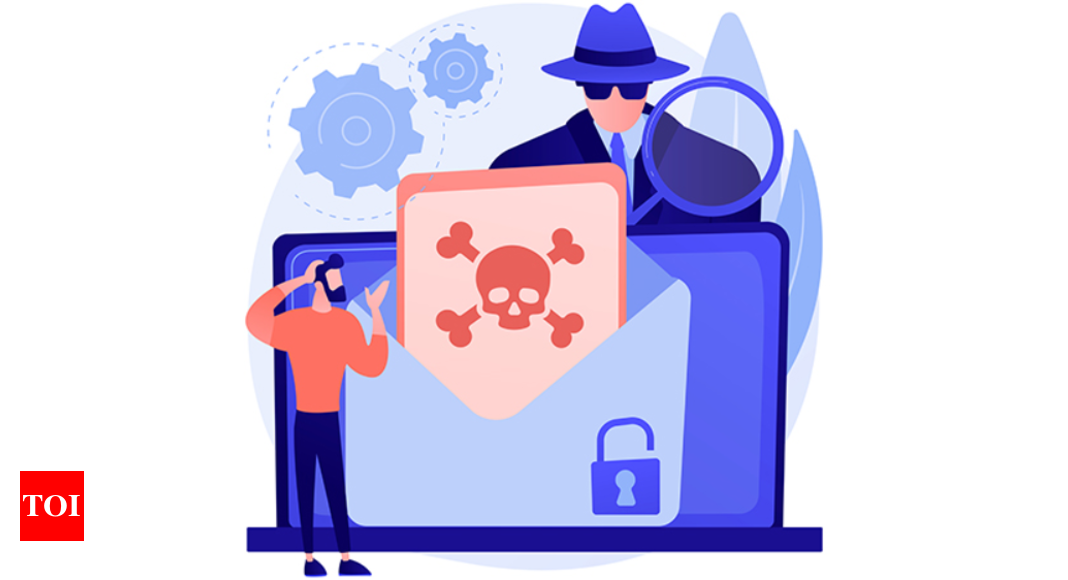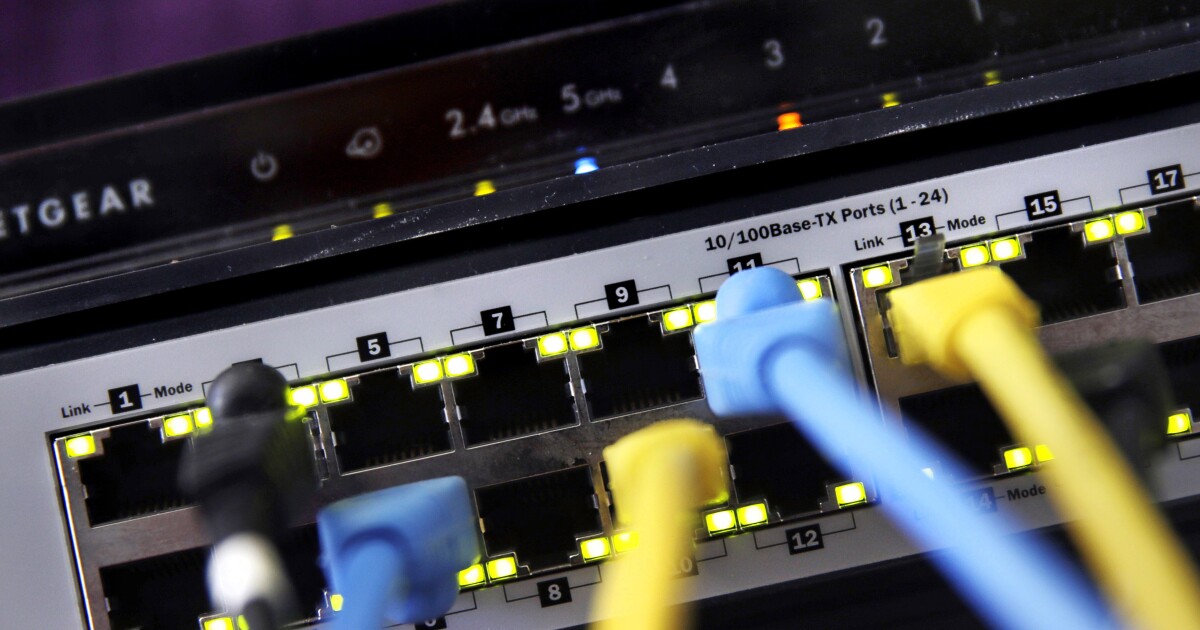Some of the Most Common Cyberattacks You Need to Know About
We live in an age right now in which companies and individuals are frequently targeted for cyberattacks. These attacks can put your information at risk and your hardware and software in peril. Cybercriminals make up an entire enterprise that revolves around deceit, theft, and other illegal activities.
You can lose a lot of money and peace of mind when cybercriminals are able to have their way. Because of this, you need to learn about the most common forms of cyberattacks today, in addition to ways that you can prevent and avoid them.
Trojans and Other Malware
One of the main ways to avoid malware is by vetting the site that you’re visiting. For example, entertainment sites are prime targets for cyberattacks. They attract wide audiences regularly, sometimes from people who aren’t the most web savvy. This allows opportunistic cybercriminals to take advantage of people to steal their card numbers and other sensitive information.
If you’re regularly visiting a site, such as an entertainment provider like an online casino, you want reassurance that your information is safe. Sites like Paddy Power offer speedy slot games that transmit a lot of data between players all over the world. Games like Crazy Time move at a high pace and require a safe environment for everyone to enjoy. This is why they take extra security measures to protect your financial information.
Aside from vetting sites, make sure that you also invest in an anti-virus scanning platform that can detect, block, and prevent infections. Trojans and malware have been some of the most dispersed cyberattacks since the modern era of the internet. Trojans are deceitful in that the recipient disguises it as a legitimate program.
Once you download the application to your computer and install it, the Trojan unleashes on your system, infecting it and wreaking havoc. This type of malware got its name from the ancient Greek story, and it works much the same way.
Trojans aside, there are also other types of malware that are quite prevalent. Other types of malware include viruses, adware, and rootkits.
Ransomware Attacks
Keep ransomware attacks in mind when you’re trying to manage the safety and security of…



